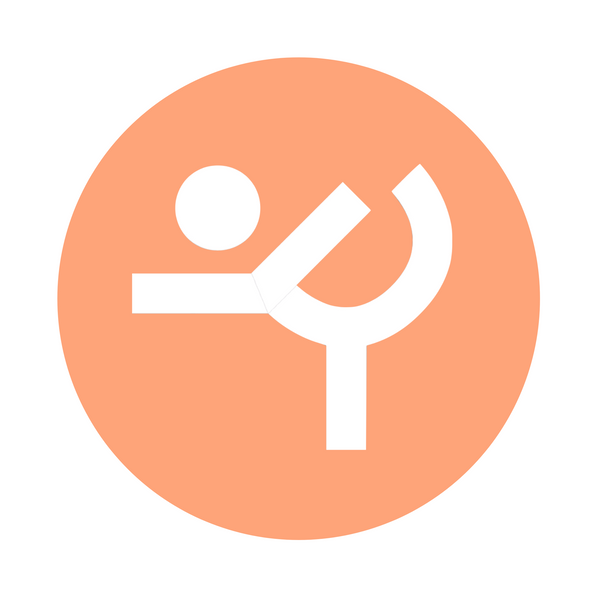Postural Orthostatic Tachycardia Syndrome (POTS) is a form of autonomic dysfunction in which standing up causes an excessive increase in heart rate (tachycardia), often accompanied by dizziness, fatigue, lightheadedness, brain fog, GI symptoms, etc. One of the core issues is blood pooling in the legs and abdomen (splanchnic area), which reduces the return of blood to the heart. When less blood returns to the heart, stroke volume drops, so the heart has to pump faster to maintain circulation.
Compression therapy is one of the non-drug tools used by many clinicians and patients to counteract those effects. Below is how it helps, what the evidence says, and best practices.
Mechanisms: How Compression Helps in POTS
Compression garments such as Jelliebend help in several physiological ways:
-
Reduce Venous Pooling in Legs and Abdomen
By applying pressure to the lower limbs and abdominal region, compression boosts venous return—i.e. helps push blood that would otherwise pool in the legs or splanchnic vessels back toward the heart. This means better filling of the heart (higher stroke volume) and less burden on the heart to increase rate so much. Potsuk+2PubMed+2 -
Decrease Orthostatic Tachycardia
Because the heart doesn’t have to compensate as much when upright, compression helps limit the spike in heart rate (tachycardia) that typically happens when someone with POTS stands up. Studies have shown that using compression that includes the abdomen (not just legs) is especially effective. PubMed+2AHA Journals+2 -
Improve Symptoms
Symptoms like dizziness, lightheadedness, fatigue, and sometimes brain fog tend to improve when compression is used. Patients often report they can tolerate standing longer, have fewer episodes of faintness, or less severe symptoms when upright. PubMed+2Potsuk+2 -
Support Blood Pressure & Hemodynamics
Maintaining better stroke volume and supporting blood return also helps stabilize blood pressure when standing, reducing drops or unstable swings. Also helps reduce orthostatic intolerance. PubMed+1 -
Dose/“Amount” Matters
The more body area compressed (abdomen + thighs + legs), generally the more benefit—though sometimes leg + abdomen is sufficient if full-body compression is uncomfortable. Also, stronger compression (higher mmHg), when tolerated, tends to produce more effect. PubMed+2Potsuk+2
What to Expect: Potential Benefits
If compression therapy works well for you, here are some of the improvements you might notice:
- Less dramatic spike in heart rate when you stand up
- Reduced dizziness or lightheadedness
- Feeling more steady on your feet, able to stand longer
- Less fatigue, because your body isn’t compensating as much
- Possibly improved tolerance for upright activity, walking, etc.
Bottom Line
Compression therapy is one of the non-medication tools in the POTS toolkit. It helps by reducing blood pooling, supporting the return of blood to the heart, and thereby reducing heart rate spike and improving symptoms when upright. The evidence is encouraging, especially for compression that includes the abdomen and lower body, but the exact type, pressure, and how you use it matter a lot.
If you try it, make sure it fits well, start gradually, and see how your body responds. And always use it as part of a broader management plan (hydration, salt intake, exercise, medications if prescribed).
References
- Bourne, K. M., Sheldon, R. S., Hall, J., Lloyd, M., Kogut, K., Sheikh, N., Jorge, J., Ng, J., Exner, D. V., Tyberg, J. V., & Raj, S. R. (2021). Compression Garment Reduces Orthostatic Tachycardia and Symptoms in Patients With Postural Orthostatic Tachycardia Syndrome. Journal of the American College of Cardiology, 77(3), 285-296. PubMed
- Miller, A. J., et al. (2020). Abdominal Compression as a Treatment for Postural Orthostatic Tachycardia Syndrome. Journal of the American Heart Association. AHA Journals
- Bourne, K. M., Karalasingham, K., Siddiqui, T., et al. (2024). A Community-Based Trial of Commercially Available Compression Tights in Patients With Postural Orthostatic Tachycardia Syndrome. JACC Clinical Electrophysiology. American College of Cardiology
- PoTS UK. “Compression Clothing” page: how compression of legs + abdomen helps move blood back into central circulation. Potsuk
Medical disclaimer: ✨ Jelliebend is a wellness product. If you’re managing health conditions, check with your physician before use.
